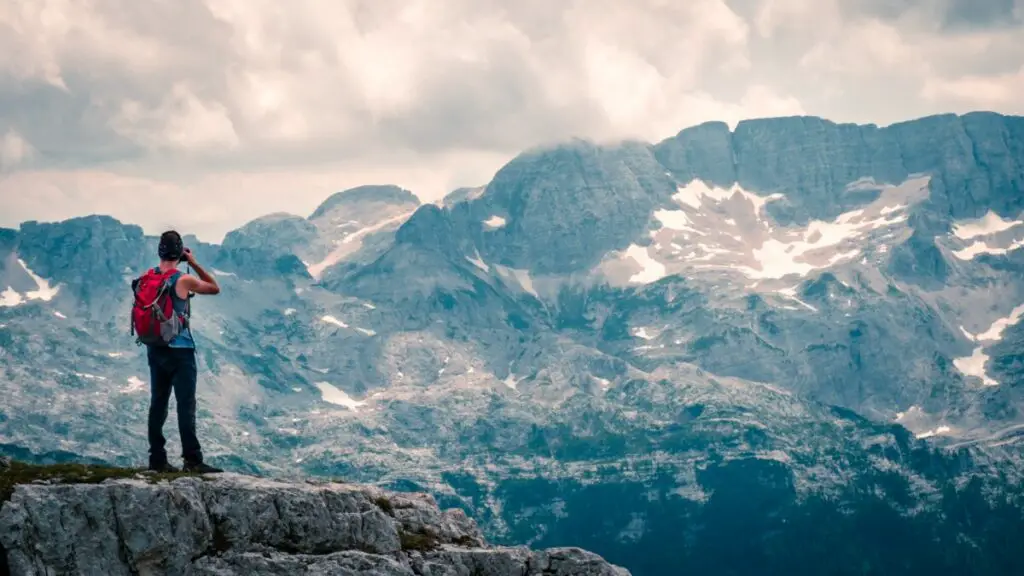
Hiking is a great activity to make your body stronger. Still, there is a lot of danger associated with hiking. I have created a list of the dangers of hiking so you can prepare for your next adventure.
Hiking is not a safe activity and includes many dangers such as dehydration, falling, and heat stroke. By being aware of the different types of dangers while hiking can help a hiker to be prepared for the worst. Being prepared while hiking can be the difference between life and death.
I have compiled a list of the many different dangers of hiking and how to avoid them. This should help you during your next hiking adventure. Read on to save your own life.
Dehydration
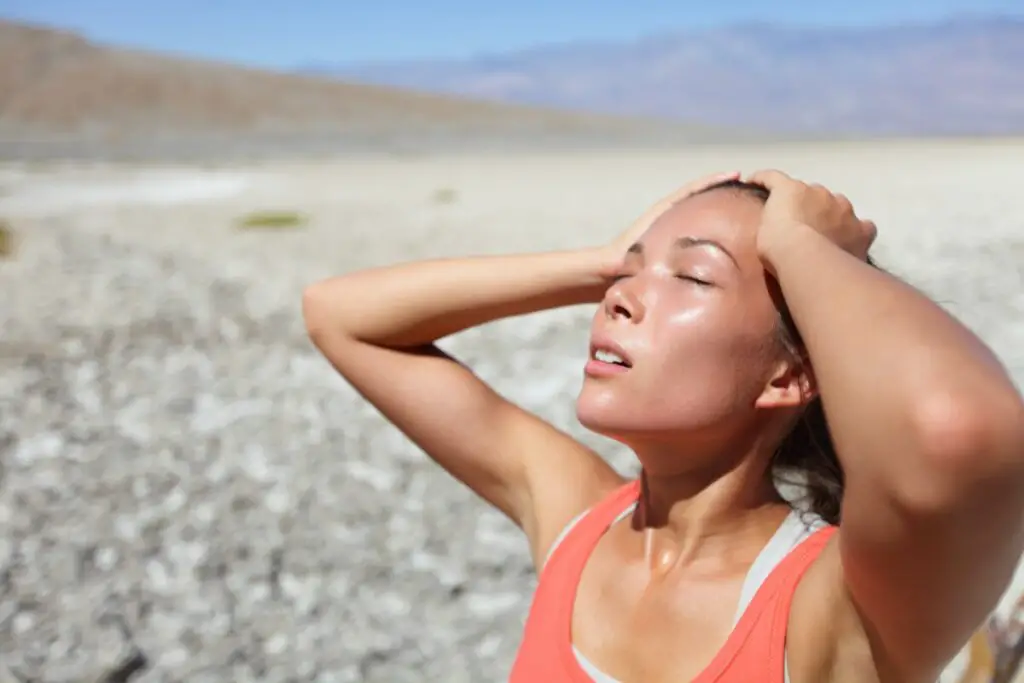
You are hiking. You forgot to pack water with you. It is alright, though, you are focused on the path ahead of you. Your head starts hurting. You don’t know why. Suddenly the world starts to turn. It gets hard to stand and you fall to the ground.
You need water, but you don’t have any water. You try and crawl back down the mountain, but it is too far. The headache gets worse and soon you don’t even remember how you ended up where you are at and you pass out.
You end up waking up at the pearly gates. The Arch Angel Michael hands you Fuji Water.
Obviously, this is an extreme and filled with fantasy, but dehydration is a very real risk. There are reports of hikers who have died on their adventure due to not bringing the necessary water supplies that they need.
The best thing you can do to prevent dehydration is to bring water. I know carrying around a lot of water seems like it would cause more problems than benefits. Especially if you are not prone to the feeling of thirst, but trust me it is worth it. Remember if you do not hydrate you will become dehydrated.
Having a friend with you can also prevent death from dehydration. They are able to call for help or carry you back so you are not stranded somewhere. They also may be smarter than you and bring water.
Falling
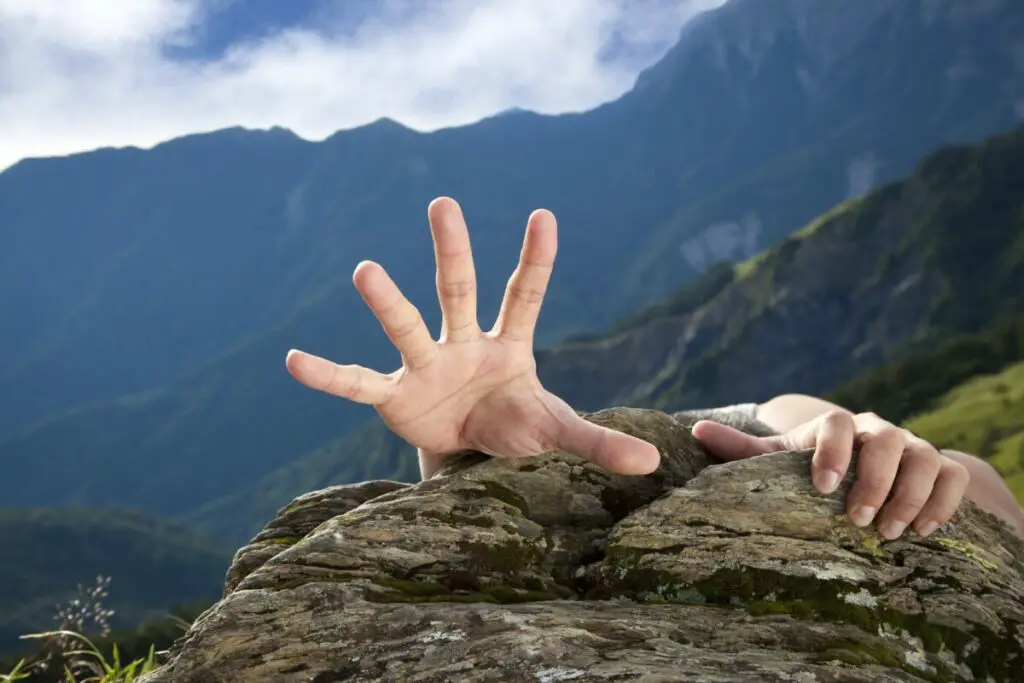
You are climbing when you see a beautiful bird. You pull out your phone to take a picture of the bird, but you can’t seem to get the right angle. You back up and feel the Earth slip out behind you.
You wake up inside of an egg. Apparently, you are going to spend your next life as a bird.
2 out of every 100,000 hikers die from falling off of their trail. Falling while hiking is also the number one way to die while hiking. Therefore, be careful with this one.
There are several things you can do to prevent falling to your death while hiking. Using the example above you can try to be situationally aware. Notice where you are standing and what is going on in the environment around you.
Use your logical thinking before going on tight trails. Do you have the right shoes for this? Are you really that stable of a person? Does anyone know where you are at?
Bringing a friend with you can also help. They can keep their eye out and notice things you don’t. If you fall they are also able to call for help if you don’t die from the fall, which will keep you from being stranded.
The best thing you can do though is prepare. Look up where you are planning on hiking through. Look and see what past hikers have said about the paths you are going on. Hear if they say there were any points where they felt unsafe. If they do then avoid them. Your life is more important than a hike.
Flash Flood
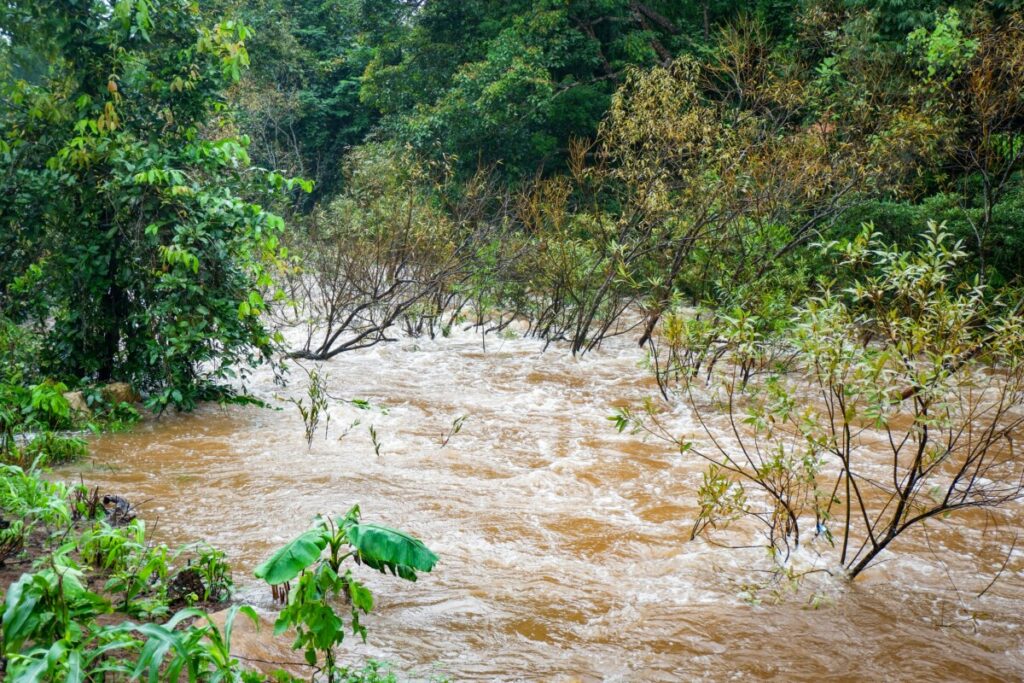
You are hiking with some friends in the rain. It has been raining for weeks. You see some standing water. It is obviously just a little bit of flooding due to the rain. It is nothing to worry about.
You and your friends continue hiking through the standing water. You start noticing a current. You hear a noise that sounds like gushing water. You mention this to your friends and they guess it is the river you all are approaching. You start to notice the water getting higher around you.
Your friends and you decide to turn back because the flooding is getting too high in this area. Before you get away though the flooding has gotten too high and the current too strong. You and your friends are swimming for your lives. You have lost all of your supplies. The current is so strong you can’t tell where you are going.
You feel your head smash against a tree at a high speed. You wake up as a ghost in the area where you died. You will now be forced to haunt that forest.
Flash floods happen commonly on hiking trails. It does not matter whether you have a friend or not with you. If you see standing water you need to go the other way.
Flash floods kill hikers every year. The best way to avoid flash floods is to check the weather. If you see that it has been raining for several days in the area you are going to hike in don’t go.
Flash floods can wipe out an area in a matter of minutes, which will give you no time to get out of the area. Therefore, be aware of rain and standing water.
Heat Stroke
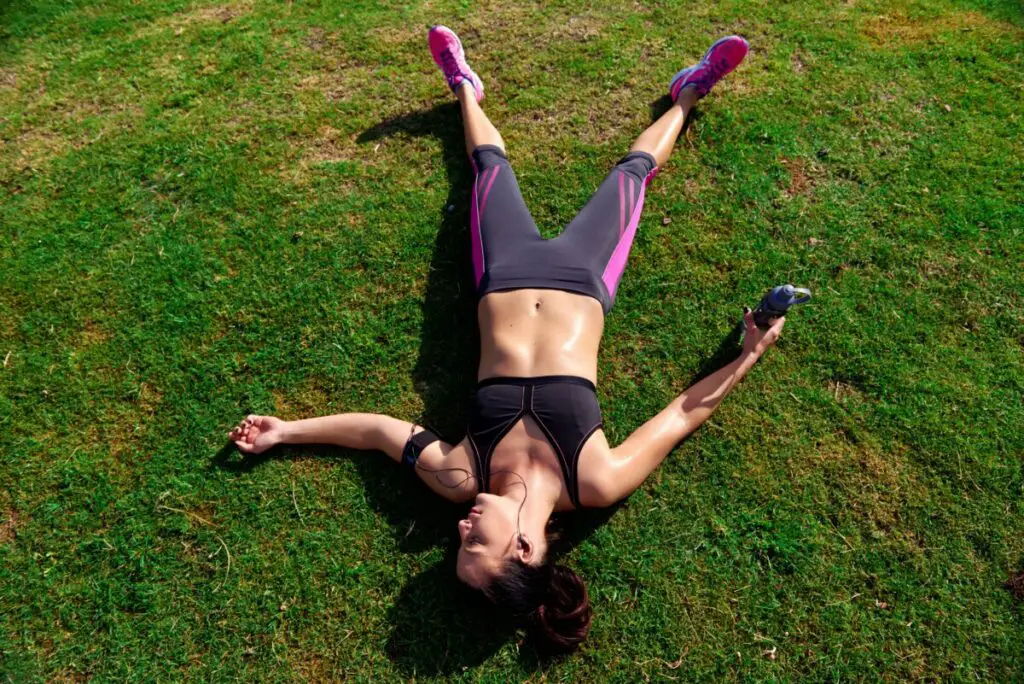
You are hiking on a beautiful track on a hot summer’s day. Your pace is fast because you want to see as much as you can. You start to feel a little dizzy. Your head is pounding and you notice that your heart rate seems to have gone up.
You think maybe you just need a little break. You sit down for a bit and try to relax, but the sun continues to roast you. The dizziness gets more intense and you feel like you cannot stand. It is too far to get back. You pass out and wake up in another hot place. The Devil is laughing at your folly for not preparing for the heat. Even he has brought a fan with him.
Heat stroke kills 833 people every year. There are reports of people who notice the signs of heat stroke and start heading back to their car but can’t get there fast enough and die.
Our body is not made to withstand heavy heat for long periods of time. What can you do to avoid heat stroke? Bring a friend. One of the symptoms of heat stroke is confusion and a friend can help you make decisions that will help your body.
Bringing lots of water will also help. You can drink it to cool yourself on the inside or splash it on you which will help on the outside.
Check the weather before you go on a hike will also help. If the temperature is over 90ºF (32ºC) professionals suggest you do not go hiking.
Wild Animals
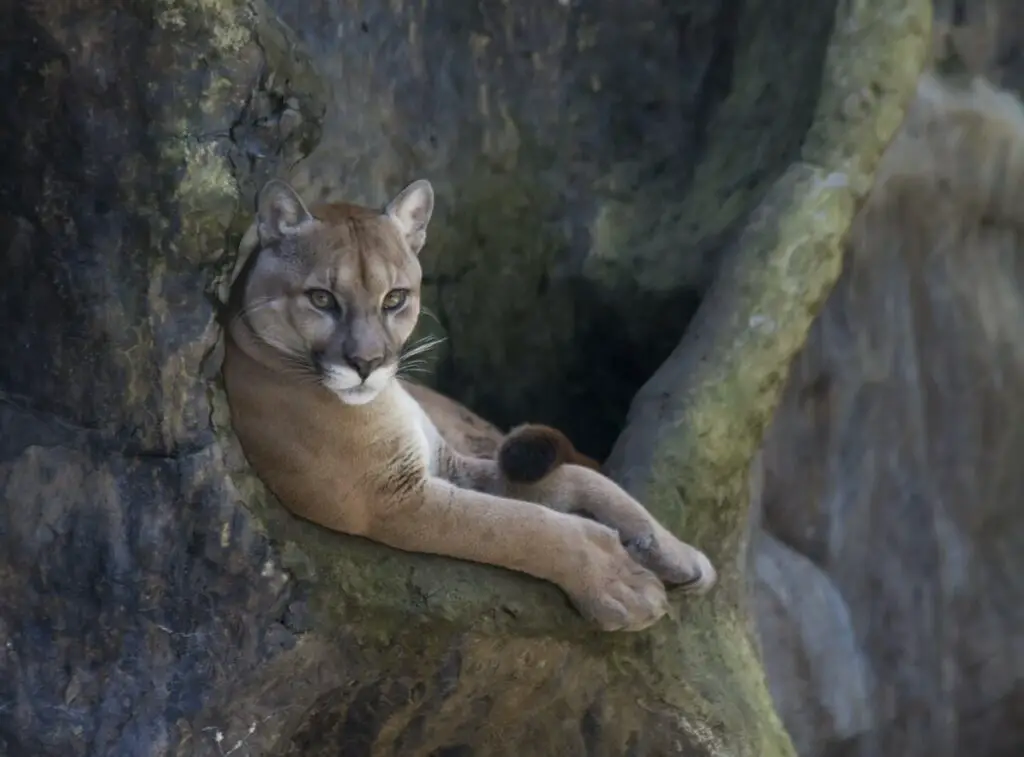
You and your friends are hiking and are stopped at a shady area to get out of the sun. You are hydrating and chatting together about the trail ahead.
All of a sudden your friend Dave spots a mountain lion. She seems agitated by your presence. Your friends get very quiet and try to get up and creep away, but as you walk away she gets angrier and charges and bites your friend Kathy. Things get dangerous and you run for your life.
You start running towards the area she came from to get out. You notice as you run that way that there is a pack of baby mountain lions. She was a mama mountain lion protecting her young.
Before you realized running toward the babies may make you the next target you feel the sharp teeth of the mountain lion digging into your skin. You pass out due to the pain. When you wake up the grim reaper is there chatting with Kathy and Dave about curtain fabrics. Guess you will be hiking on a different path now.
Wild animals
There are 47,000 people bitten by wild animals annually. Death by wild animals is a little more unlikely. Only 8 people die from wild animal bites, but still being bitten while hiking is not a fun time.
To avoid being attacked by animals on your hike you should check with other hikers on whether or not they have seen any wild animals in the area to avoid staying there. You can also bring bear spray to protect yourself from wild animals.
Don’t bring food that can attract wild animals like peanut butter. Also, check an area for any animal settlements before you take a rest and stop.
Hiking with others does help if you only get bitten. They can help you get back to your car and take you to the hospital. Also, make sure that you pack a first aid kit. A first aid kit can be the difference between life and death.
Getting Lost
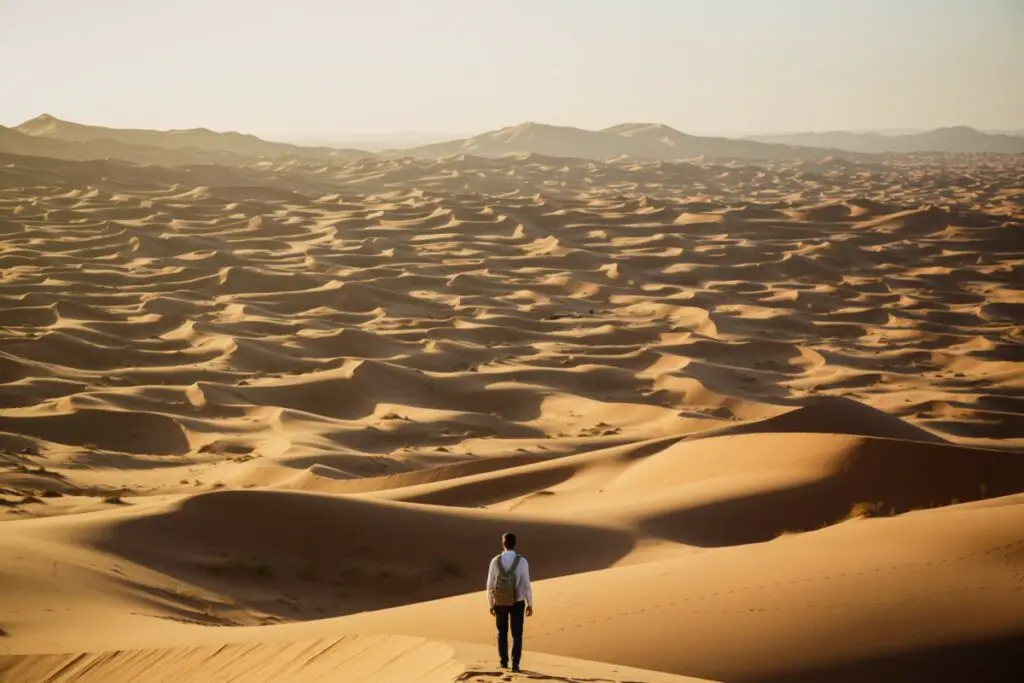
You are hiking alone in an uncharted area. It is quite an adventure. It is okay, though. You are great at directions. You can get back home if you want to. You have been hiking for hours and decide to start heading back to the car.
Several hours later you start to question if you have gone the right way. More hours pass and you realize that you have passed that rock twice now. You are lost. Will you ever find your way back home?
Two weeks later a ranger finds your dehydrated and starved body lying on the ground of the forest. Guess you didn’t make it out.
Getting lost can cause a lot of problems. It is definitely very scary when you get lost while hiking. There are several things you can do to prevent this though.
The first and most important rule. Stay on the paths. If you leave the paths then you are so much more likely to get lost. Staying on the paths that other hikers have traveled will keep you safer.
Hiking with a friend can also help, because then you have two people who have a memory of where you have been, but it is still possible to get lost with a friend.
Bring a compass or map to help you navigate. Also, let others know where you are planning on hiking, so if you do not return they can send people to look for you.
Avalanche
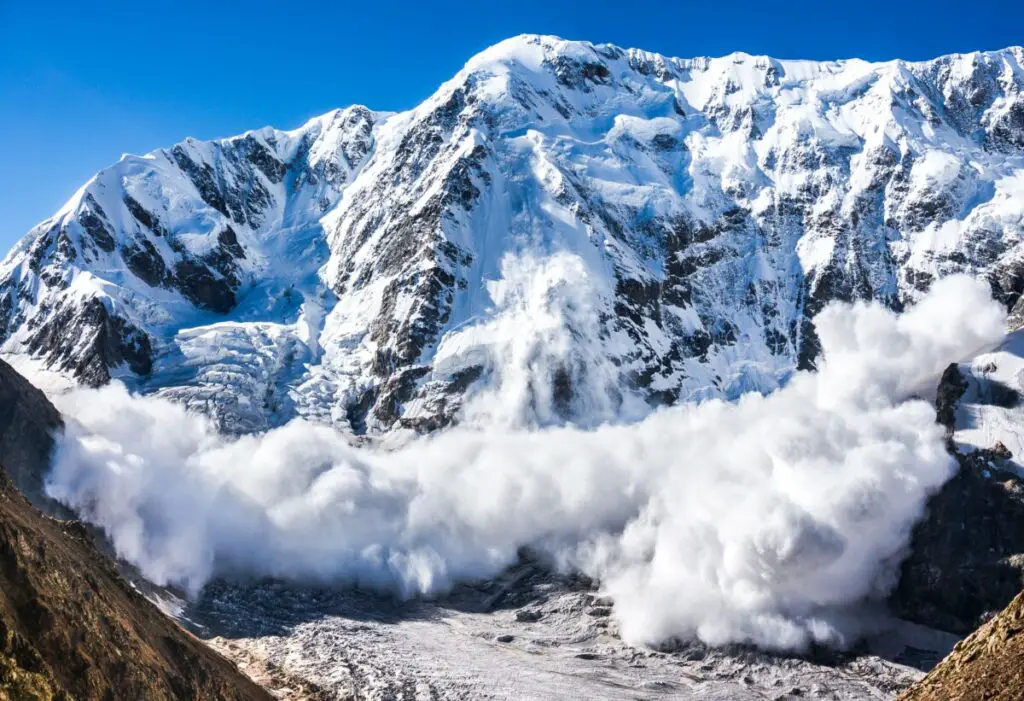
You are hiking in the mountains in the snow with Kathy and Dave. It is so pretty. Kathy keeps on flirting with Dave. You ignore their antics and focus on the path ahead. Kathy playfully pushed Dave, but Dave being a wimp falls and hits the side of the mountain.
That was when you all notice the massive amount of piled-up snow on the mountain. Not only that, but Dave’s little bit of vibration towards the mountain has loosened it up and an avalanche of snow comes swooping down the mountain and carries you, Dave, and Kathy away.
The snow stops moving and you try to push your way out of the snow, but you are completely covered and can’t move your arms. It is very hard to breathe and you slowly lose consciousness.
You wake up with a rock strapped to your back and a mountain in front of you. Guess you are in purgatory now.
Avalanches kill 150 people every single year. In 90% of avalanche cases, it was the victim’s fault that the avalanche fell on them. The human body is too dense to stay above the snow so it will sink into the avalanche.
If you want to survive an avalanche you need to punch a hole upward to bring in the air as the avalanche is moving. Once the snow stops moving the snow will settle and it will be like punching concrete.
Avalanches are at the greatest risk 24 hours after a snowfall of 12 inches or more, so to avoid avalanches make sure that you do not go hiking after a heavy snowfall.
Hiking alone might make it slightly safer with this scenario because then you only have to worry about yourself making disturbances to nature. Still, though, if it happens to you alone you know that no one will be able to save you.
Rockfall
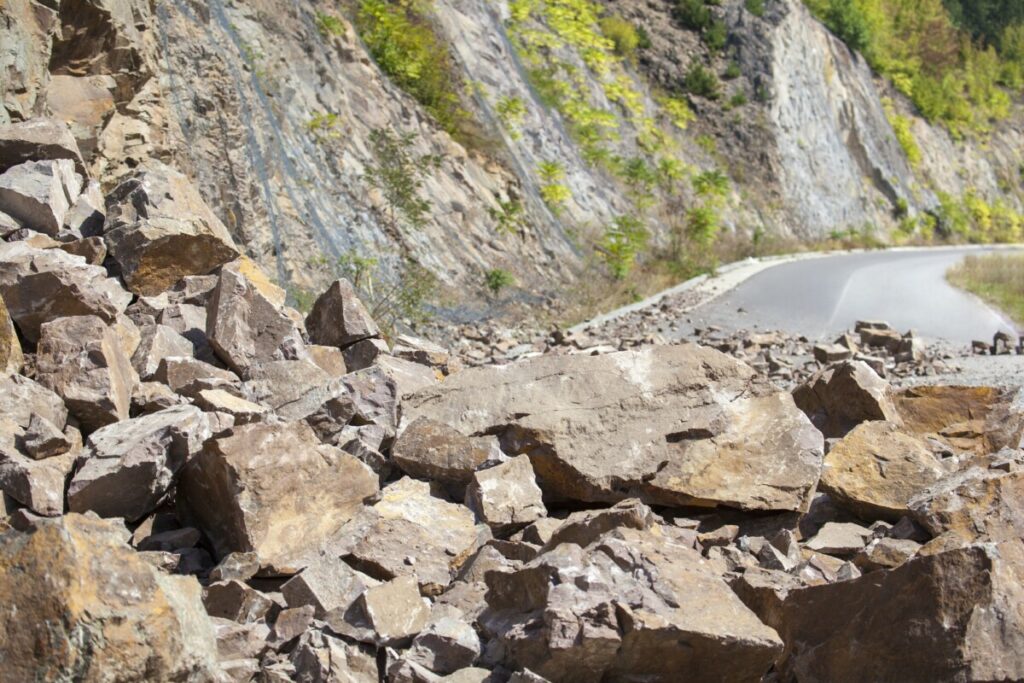
You are hiking with Dave and Kathy again. It is summer and you all decide to climb a steep path. It is a fun challenge for the group. Dave started complaining about the path before they even got to the hard part.
Now that you are on the hard part everyone is huffing and puffing a little, but the view at the top is supposed to be worth it. To make matters worse the ground is a little slippery because it rained the day before.
You hear a rumbling sound. You look up and notice that a large pile of rocks is tumbling down the mountain. “Run” you shout at Kathy and Dave. The three of you try to run, but before you even get anywhere you feel the painful collision of rocks. You fall and hit your head on more rocks and fall unconscious.
You wake up and Thanatos is going rock hunting with Dave and Kathy. Guess you aren’t going to see that view.
Rock slides kill 50 people in the United States every year. Rock slides are more likely to happen on steeper trails and after rainfall. Therefore, if you are planning on going hiking on a steep trail make sure you do it during a dry season.
Rock slides can still happen without rainfall. Just the natural settlement of the earth can cause a rock slide. Therefore, check to make sure that there are no places on your trail that seem to have a heavy rock build-up.
Blizzard

You did not feel like hiking today. It was cloudy and cold. Yet, Dave and Kathy were so ready to go hiking. They woke you up early even to go hiking. You bitterly put on your hiking boots and went.
You are not happy about the situation. Kathy and Dave keep stopping to take a couple of pictures. Why do they keep inviting you?
The wind starts to pick up. Great, that is just what you need. It starts to snow. You want to suggest turning back, but Dave and Kathy have been making fun of you and your bad mood all the trip. You keep quiet.
They continue to flirt and the snow starts getting heavier. Soon it is so heavy you can’t see Dave and Kathy. You shout out to them to try and find them.
The snow is so heavy you can’t see in front of you. It gets colder and colder and there is no way that you can find the car. You get very tired and sit down in the snow. You drift off to sleep and don’t wake up. Guess there really is nothing on the other side.
In the United States, 400 people die from blizzards every year. Blizzards can come in very quickly and give you little time to react. Therefore you should prepare for a blizzard.
Check the weather before you go. If you see there is a high chance of snow do not go hiking. Also, make sure that when you go hiking when it is snowy bring a lot of warm clothing.
If you do get caught in a blizzard try and find a shelter or something you can get shelter under. Do not go to sleep though. Sleeping in a blizzard can cause hypothermia. Trying to keep moving is your best option. If you are with a group you can gather together to conserve heat, which is why it is safer to travel as a group in snow storms.
Wild Fires
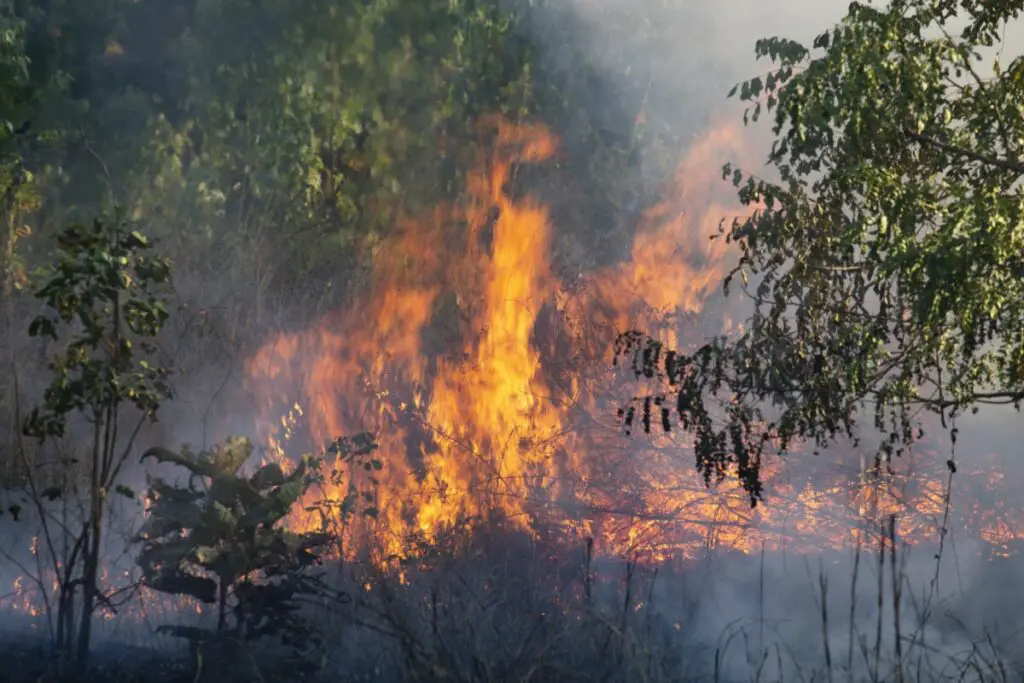
Kathy, Dave, and yourself decide to have lunch. You packed a bunch of marshmallows. You love s’mores. It is the best outdoor food. You start gathering firewood to start the fire to make the s’mores.
There is a lot of dry firewood to choose from because your state is in a drought right now. You gather the wood together and start the fire. You make your first s’more and Kathy and David start making their own s’mores. You taste the delicious s’more and think of how life could not be better at this point.
Kathy shouts, “oh no the fire spread.” One of the ashes flew a few feet away and started a second fire. You grab some of the water you packed and poured it onto it. It did no good though. The fire was too big at this point. You try and kick dirt on it, but the fire keeps getting bigger.
Soon the fire is all-consuming and you decide you need to leave. The fire has blocked your path back though. You think maybe if you travel up a bit you can escape. You try to go, but the fire blocks your path again. You realize you are trapped and the smoke makes you dizzy.
You pass out and wake up with your deceased grandfather smiling down at you. “Did those s’mores taste good at least,” He asks?
More than 33,000 people die from wildfires every year. Many of these happen without the campers creating the wildfire. Still, many of those accidents are self-created.
Therefore, if you are hiking don’t create a campfire unless you have the tools to douse it and if the area you are in is very wet.
If the area you want to hike in is in a drought do not hike there. Wildfires are a lot more likely to happen. Also, when you are hiking make sure that you are aware of your surroundings. If you smell or see smoke get out of there. It is better to be safe than sorry.
Remember when you go hiking or camping leave your surroundings exactly as you found them.

